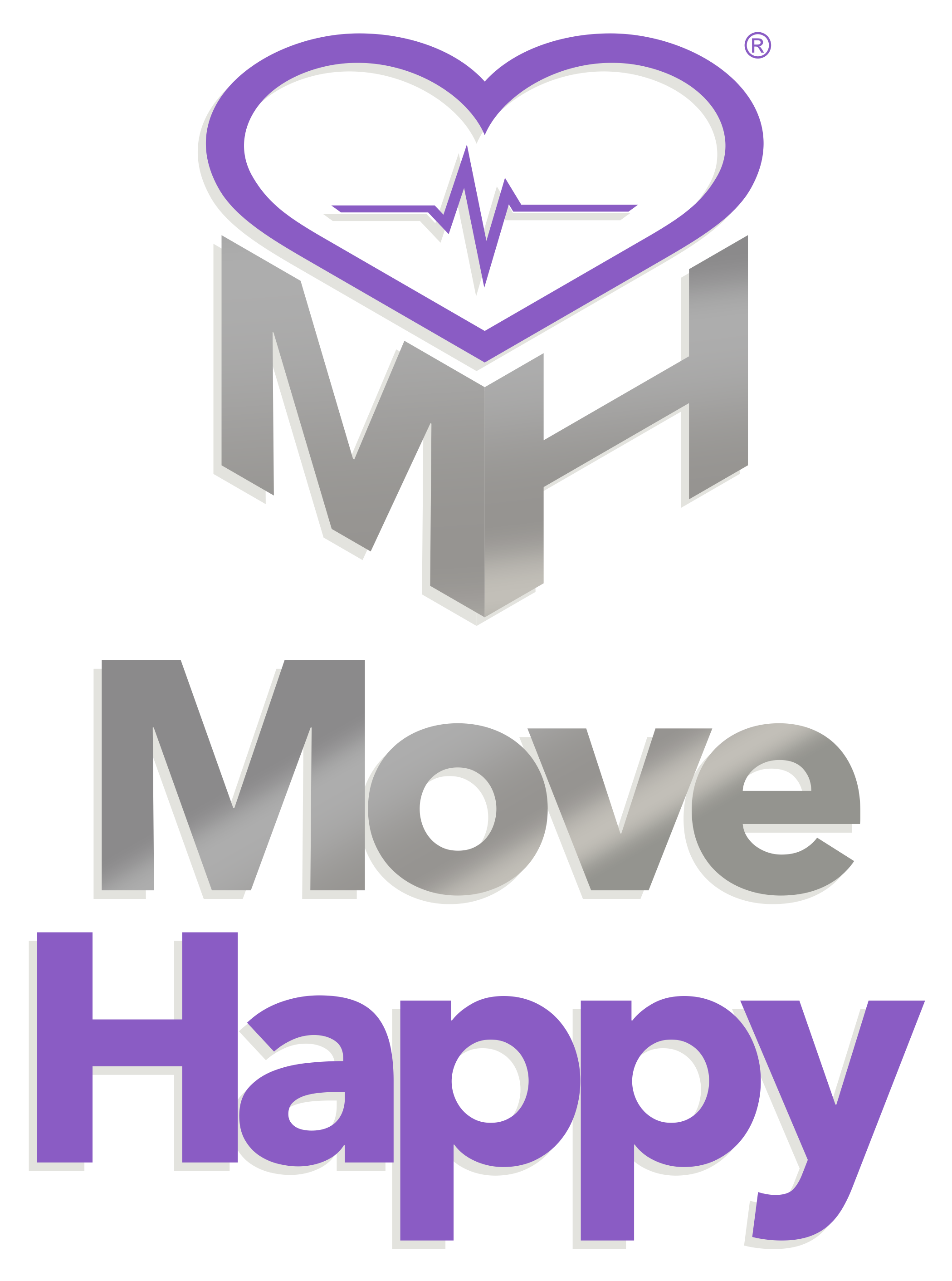Have you ever met someone that was really happy and hyper and the next day or maybe a few days later they are really depressed and down? They may have BiPolar Disorder.
This week’s blog is all about people who have BiPolar Disorder, how to recognize the symptoms and signs, and how to help them if they are in a really low state. Included is what science tells us, some personal stories and if you stay to the end I share a program I’m proud about.

Truth #1: The National Institute of Health has an overview summary of BiPolar Disorder here.
They define BiPolar Disorder as: “also known as manic-depressive illness, is a brain disorder that causes unusual shifts in mood, energy, activity levels, and the ability to carry out day-to-day tasks.”
There are 4 main types they define with a range of severity and length of episodes.
My great Aunt Carmela was diagnosed during pregnancy and was hospitalized during each one. Back in the 50s-60s mental health was treated a little differently. ⠀
Truth #2: Know The Signs and Symptoms of a Depressive Episode and What To Do: ⠀
⠀
Here are some signs of a depressive episode:

⠀
Find out what their coping mechanisms are prior to the episode if possible, ⠀
Ask them if they’d like to journal, listen to music, walk, or something else that is safe to themselves and others⠀
⠀
Truth #3: Know The Risk factors of Bipolar Disorder:⠀
⠀
🧠 Brain structure and functioning⠀
⠀
💕 Family history⠀
⠀
👶 Genetics⠀
⠀
It’s important to be aware so you can be self-compassionate or compassionate towards others with BiPolar disorder.⠀

Truth #4: Know The Treatment Options for BiPolar Disorder:⠀
⠀
💊 Medication⠀
⠀
👩⚕️ Psychotherapy⠀
⠀
⚡️ Electroconvulsive Therapy ECT (used when medication is too risky like when pregnant 🤰 or other treatments aren’t working)⠀
⠀
😴 Sleep medications⠀
⠀
If something isn’t working, talk to you doctor.⠀
⠀

Truth #5: Use Curriculum Designed For People Who Have BiPolar Disorder
⠀
I created the Move Happy Facilitator Program© (MHFP). It was designed and implemented in a psychiatric hospital setting with patients that had BiPolar Disorder and other diagnoses. ⠀
⠀
My patients reported improved self control of condition, improved fitness, and improved mood after completing the 16-week course. They also encouraged me to share it with you.⠀
⠀
You can get your copy of the program here. ⠀
⠀
40% of the proceeds goes back to supporting mental health event next summer⠀
⠀
TIA 🙏 for your continued support ♥️ 🤗 ⠀

Move Happy® Updates
Podcast Episode #25 out later today! I interview former CEO of CMT, Hal Lewis. Make sure to follow the channel for notification of the official release here. I’m working on getting the podcast on Spotify soon too!
The Move Happy® World Tour Is Underway soon. Musicians, motivational speakers and giveaways will be there. It’ll be so fun! I hope to see you there 😊

So there you have it everyone. People that are diagnosed with BiPolar Disorder come in all shapes and sizes. They have good days and bad like average Janes and Joes. However, their bad days can be a little more extreme. It’s up to us to be more aware, kind, and compassionate towards everyone regardless of diagnosis. You never know what an individual is going through. Choose kindness daily.
I hope you found value in my writing today. If you enjoyed it, do me a solid and share it with someone you care about.
PS: Don’t forget to tell someone you love them today

Recent Comments